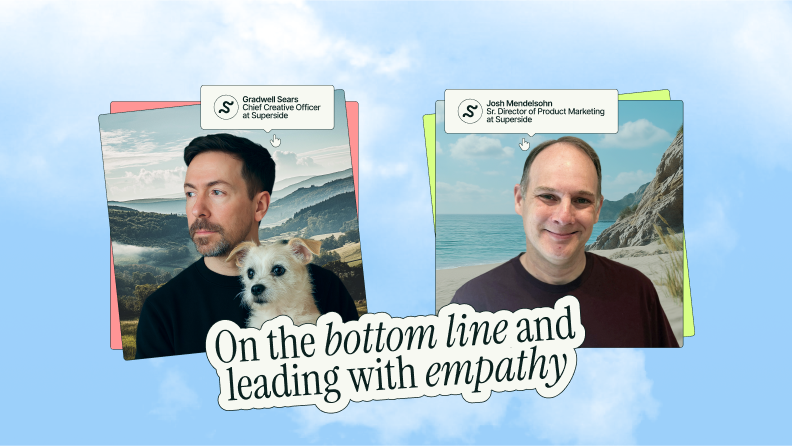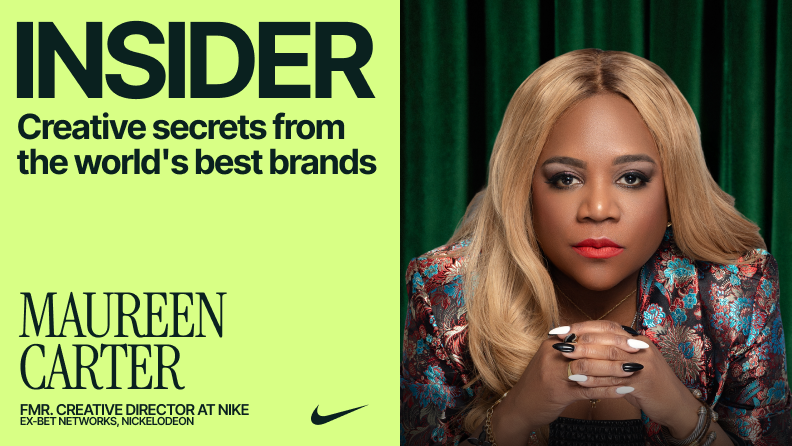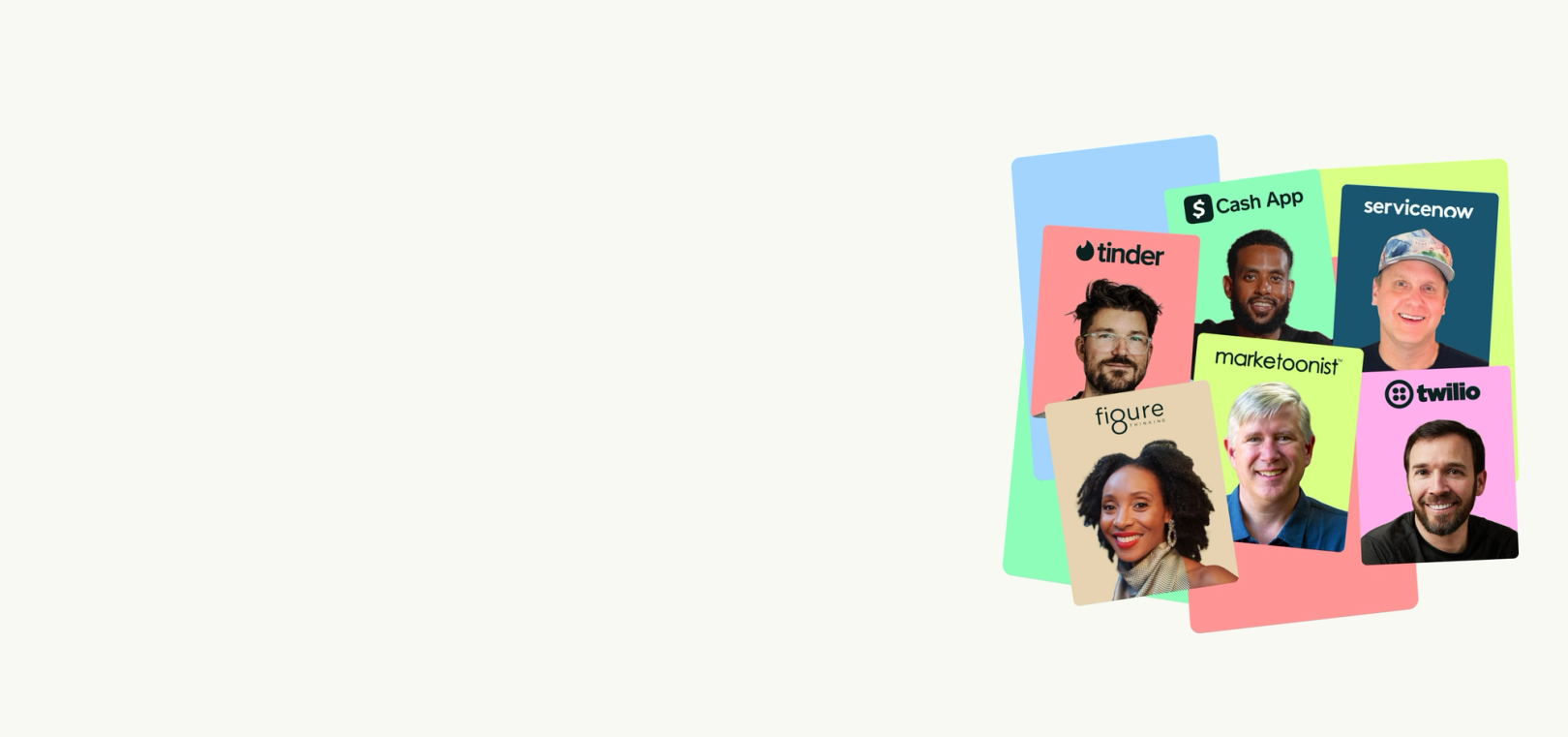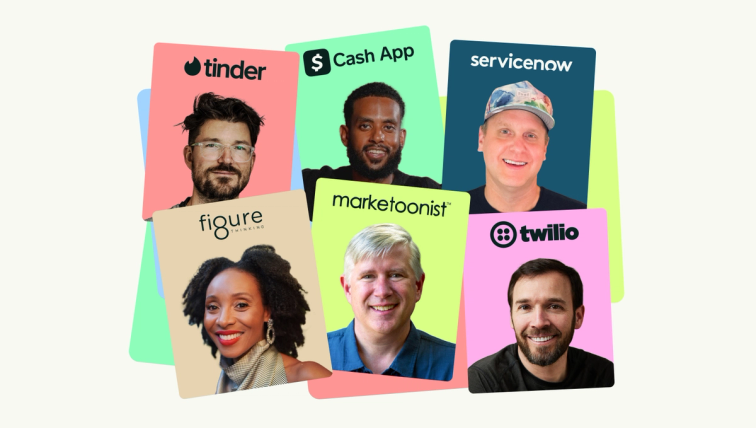5 Questions to Ask Before Hiring an In-House Designer

When an in-house creative team needs to add design capabilities and/or capacity, hiring more designers is one of the first things that comes to mind. But, before you start posting job descriptions, there are few key questions to ask, such as what you're looking for in a new hire, if you have the time and resources for hiring and if you've considered outsourcing?
Ah, the sweet satisfaction of successful campaigns or special projects that hit it out of the park. Your mighty in-house creative team has more than proven itself. Now everyone's asking for more.
While it's wonderful to feel needed, you can have too much of a good thing. Hiring a designer is one way to keep the creative flowing. But, it's also a decision you should think through to ensure that you're making the choice that empowers your team the most.
Asking yourself these questions can mean the difference between simply adding headcount or laying the foundations for growth.
1. What Are You Looking For in a Designer?
If you’ve identified that you need to hire, what are you hoping that adding a role will help you achieve?
- An inherent knowledge of your brand, stakeholders and business strategies.
- Access to a specific capability that’s crucial to have in-house or increasing overall capacity.
- The peace of mind that comes from a well-rounded, well-balanced team.
While these are the pros of hiring, have you considered to the cons?
- It's hard to hire for every skill set or anticipate every need, not to mention ebbs and flows will happen.
- You can only cast your net so far—geography, specializations, experience levels—you name it—in the end, you can only pull from the pool of candidates who apply.
- Hiring, training and retaining talent takes a lot of time and energy.
The mental and fiscal investment you make in hiring brings us to the next question.
2. Do You Have the Time and Resources To Hire?
As you know all too well, there’s more to hiring than simply dusting off your help wanted sign. First, you have to determine which roles you need and what type of candidates you’re looking for. Then, you have to estimate costs, allocate budget, consider global payroll, and get the all-important sign-offs—all before you even publish the listing.
Recruiting, training and retaining creative talent
Here’s just a rough estimate of what you can expect if you’re hiring a mid-level design lead:
Recruiting costs = $4,000
Average salary = $80,000
Software licenses = $2,530
Total = $86,530
This is before you factor in benefits, how competitive the market is and the cost to your personal sanity as you ride the recruitment rollercoaster.
The average time to hire keeps increasing
Once you place the ad, you have to sift through all the applicants, identify the top candidates and schedule interviews—all before you even extend an offer.
According to recent studies, it now takes an average of 44 days to fill an open position. From there you have onboarding and ensuring the individual checks all the boxes during their probationary period.
Time to hire = 44 days
Onboarding = 90 days
Total time = 134 days (~4.5 months)
Turnover is costly
Conservative estimates place the cost of replacing an employee at 1/3 of their salary. However, other experts say it can be as high as 3x to 4x the original salary.
Cost of turnover = up to $346,120
Not to mention you have to start the hiring process all over again.
3. Have You Explored Outsourcing?
Even when fully staffed, most in-house teams find themselves overwhelmed with requests. This is why hybrid solutions—where certain work is kept in-house and other work is outsourced are becoming more common.
An alternative and complement to hiring, outsourcing to a freelancer, agency or CaaS (Creative-as-a-Service) provider helps creative teams access design capabilities and add capacity.
4. What Matters Most—Speed, Scale, Reliability or Flexibility?
When you’re choosing an outsourced design partner, using variables like speed, scale, reliability and flexibility will help you determine the best choice.
Freelancers are fast but not always reliable
Freelancers are a fast, flexible way to solve for specific skill gaps and quick-turn projects. As individuals, each freelancer has a different range of skills, availability and experience—all of which affect consistency and reliability.
It’s also hard to scale design using freelancers. In-house teams invest a great deal of time piecing together a network of freelancers, onboarding each one, managing the relationship and sourcing new freelancers as needed.
Agencies can only scale so much and they’re not super flexible
Traditional creative agencies help scale your design pipeline by taking on larger, more complex projects like branding work or integrated campaigns. However, there’s a whole process to getting started with an agency, such as the request for proposal (RPF) that you have to allow for.
While a lot of great work has come from agencies, the tradeoff is that they tend to work their way rather than your way. In other words, they expect you to you adapt to their processes.
The agency model also has a rigid, not-so-transparent pricing structure. Whether you’re paying by project or using a retainer, once you’ve agreed on a timeline and price, there’s very little room for quick turns or changes.
When changes do happen or you need to accelerate a deadline, you will likely pay additional fees. Like freelancers, agencies also specialize and only provide a set amount of capabilities, especially if they only employ local talent.
Get speed, scale, reliability and flexibility
CaaS brings you the speed and flexibility of freelancers with the scale and reliability of agencies. In fact, CaaS was created because there really had to be a better way to get creative done.
Your dedicated creative management team oversees each project from end to end, pulling together the right talent and ensuring that the creative is on-target and on-brand.
Handling almost any range of requests, your CaaS partner is your production partner, creative partner, strategic partner—or all of the above.
Subscription pricing gives you a predictable number of hours each month. you can roll over hours as needed and dedicate up to 50% of your hours to quick turnarounds.
5. What’s Your Goal—Growing Your Team or Scaling Creative?
Hiring helps you grow your team. But, it’s incremental, not exponential—and there’s no possible way to hire for every capability or account for every ebb and flow.
In business terms, scaling means “increasing revenue at a faster rate than costs.” For creative teams, scaling design equals the ability to fuel growth with a non-stop supply of strategic, quality creative.
It also means equipping your team with the skills and space they need to focus on key projects, along with the resources that let them strategically outsource a range of projects and capabilities.
Partial solutions only help you grow so much. Empower your team and scale creative with the infinitely extendible potential of CaaS.
Miles DePaul is the Former Director of Demand Generation at Superside, helping bring design services at scale to enterprises around the world. Outside of Superside, you can find him wandering the streets of Toronto, Canada, looking for tennis courts, hockey rinks, a lakeside view or a fancy cocktail. Connect with Miles.
You may also like these

Results with heart: Inside Superside's empathy-fueled path to performance
Creative impact can’t be captured by a single metric or mood.But it is visible in results—and few understand this balance better than Superside's Gradwell Sears, Chief Creative Officer, and Josh Mendelsohn, Senior Director of Product Marketing. In our latest guide, Inside Great Creative Partnerships, Sears and Mendelsohn discussed how creative and marketing leaders must harmonize emotional resonance with measurable business performance to drive real impact.Spoiler: Results matter, but so do the people behind them. From ROI to vibes and empathy to partnerships that thrive, keep reading to see:Why creative is foundational to performance
Open doors, unlock ideas: Inside Wistia's creative partnership
An SNL-inspired twist on a classic campaign.An analogue book that’s shipped over 700 copies around the world.A TikTok series narrated by a psychic raccoon.Okay, that last one’s made up. But one thing’s for sure, the creative and marketing teams at Wistia don’t just bring the creativity—they crank it to eleven.That’s why we had to speak with them for Superside’s latest guide, Inside Great Creative Partnerships. Wistia’s Adam Day, Creative Director, and Taylor Corrado, Senior Director of Brand Marketing, were kind enough to oblige and spill their secrets, including:
Get off the conveyor belt: 22 leaders on the secret to great work
“It can’t be an assembly line. You have to bake in collaboration—brainstorms, thought starters—before your jump to production. That’s where the best ideas come from.”Kevin Branscum, Senior Director of Brand Marketing at Typeform, shared this thought when we interviewed him for our latest guide. And he wasn’t the only one. The concept of partnerships—true collaboration between marketers and creatives—came up over and over again as the lynchpin for any successful campaign.That’s why we called the guide, Inside Great Creative Partnerships.It digs into hard-earned, real-life lessons from 22 top creative and marketing leaders shipping great work, together. We’ve already spilled their number one secret. But there are many more big ones, like:The source of great ideas












